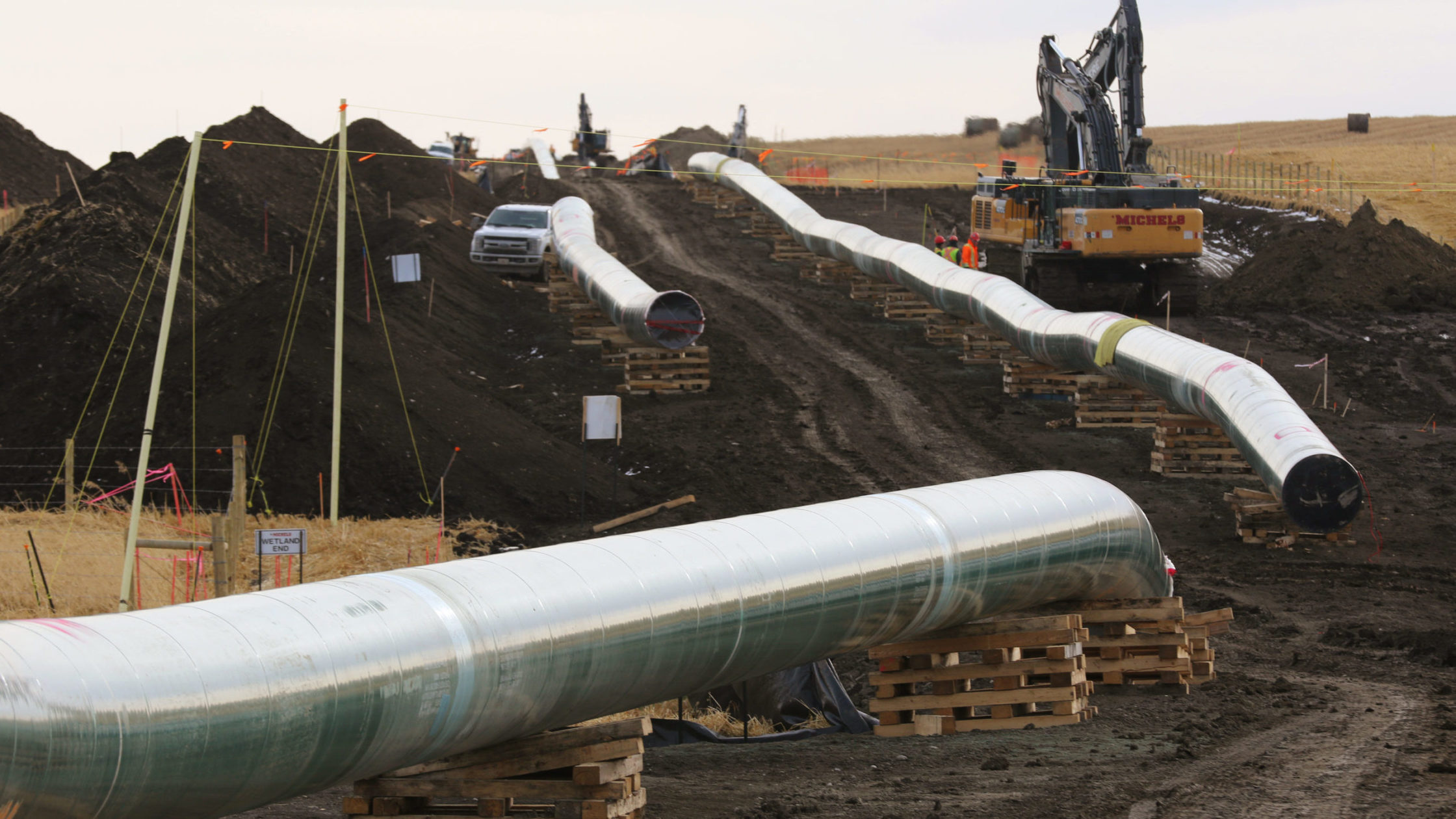Eric Nuttall believes that Canadian oil and gas companies represent the most compelling energy investment opportunity in the world today, and he is not alone.
Recent announcements like Deutsche Bank saying it will no longer finance Canadian oil sands projects due to concerns about greenhouse gas emissions represent “the vocal minority that are placating a real woke sentiment amongst a very small percentage of the investment public,” says Nuttall, partner and senior portfolio manager with Toronto-based Ninepoint Partners.
The price of oil is stabilizing as coronavirus restrictions ease, starting to bring back the positive momentum the Canadian oil and gas industry had in early 2020 prior to the pandemic outbreak.
“Right before COVID there was a palpable change in the interest level in Canada, and it gave a lot of us a lot of excitement. It was obvious that international investors were coming back to Canada,” Nuttall says. “We’re solving our [pipeline] takeaway issues, slowly but surely.”
Improved pipeline export capacity created by optimization of existing lines is one of four reasons that Goldman Sachs is also bullish on Canadian oil and gas investment.
“Across the three pillars of our coverage (refining, Canada, super majors), the sub-sector where we see the most favourable risk/reward remains Canadian oil,” equity research analysts said in a research note published on August 5.
“That’s a very good barometer for international interest in our sector,” Nuttall says.
Ahead of the curve
Canada’s largest competitor for oil and gas investment dollars is the United States, and primarily the shale oil industry in the Permian Basin that skyrocketed US oil production growth from 5 million barrels per day in 2008 to 12.2 million barrels per day in 2019.
But oil companies in the Permian Basin are being forced to change their business model as they compete for investor relevance, Nuttall says.
In a lower oil price world, the old business model focused on growth — often financed by equity markets instead of free cash flow generated by company operations — doesn’t work anymore. Investors want capital discipline and companies generating free cash flow in order to pay sustainable dividends and improve their financial position.
“Where Canada shines is we’ve been challenged due to federal policy and commodity pricing for so long that companies already adapted some time ago. The capital was shut off; companies dialed back growth due to lack of capital and pipeline/egress challenges,” Nuttall says.
“As a result, and also due to the nature of our reservoirs, be it oil sands or more conventional [oil], our corporate decline rates are a fraction of what they are in the United States.”
Less decline means lower spending required to keep volumes flowing, and that means more free cash flow.
“Returns are still basically the top priority for portfolio managers,” says New York-based analyst Phil Skolnick with Eight Capital.
He estimates that ongoing maintenance for high-growth shale oil in the US requires spending of US$9 to US$11 per barrel, compared to US$4 to US$6 per barrel for oil sands mining and US$3 to US$6 per barrel for the oil sands drilling method SAGD.
From a decline rate perspective, Nuttall says that Permian oil producers can see ongoing production declines of 40 to 50 per cent, compared to an average of low-to-mid-20 per cent for Canadian producers.
“That lower decline rate is extremely meaningful in the current environment because it means that the ability to generate free cash flow is that much better,” he says.
Low oil decline rates in action
The power of the low-decline nature of Canada’s oil resources is clear in the way the industry has navigated the unprecedented challenges with COVID-19 and the Saudi-Russia oil price war.

Kevin Birn, IHS Markit
As lockdowns cratered demand and oil pricing in the second quarter, like oil producers around the world Canada’s responded quickly to shut in production. The difference is that they can return production back to pre-shut-in levels relatively easily, according to IHS Markit vice-president Kevin Birn.
IHS Markit estimates that Canadian oil sands producers may have shut in a record 700,000 barrels per day during the second quarter, but this is expected to rise back in the second half of 2020 and into 2021.
“The potential recovery from COVID is an incredible resilience story for the sector,” Birn says. “That output will recover, and that’s going to be a very unique aspect because everywhere else in the world, they’ll recover their wells and turn them back on, but then they’re going to have to deal with the natural declines of those reserves, whereas the oil sands aren’t going to materially see that.”
Consider the actions of leading oil sands SAGD producer Cenovus Energy. In April, in order to weather the sharp decline in oil prices, the company reduced production, storing ready-to-produce mobilized oil in its reservoirs until pricing improved, which happened before the end of the quarter.
By June, the price of benchmark Western Canadian Select had increased from US$3.60 per barrel to US$29.48 per barrel. In response, Cenovus moved to turn its shut-in oil sands production back on. According to the Alberta Energy Regulator, in April the company decreased production at its Christina Lake project to 175,000 barrels per day, from 220,000 barrels per day in March. In June, it achieved a record for the facility of 244,000 barrels per day.
Supply crunch coming
Both Nuttall and Skolnick agree that there is an oil supply crunch on the horizon as US shale growth sputters and companies around the world continue not to invest in new major projects.
Demand is rebounding following the lower-than-expected but nonetheless dramatic decline in the second quarter caused by COVID-19 lockdowns, according to the International Energy Agency (IEA). The IEA expects global oil demand to recover to near pre-COVID levels next year, at 97.4 million barrels per in 2021 compared to approximately 100 million barrels per day in 2019.
“The demand for oil will continue for decades to come, I believe, and growth will persist for at least the next decade,” Nuttall says.
But, “companies are out there talking about today’s world is not about growing production anymore,” Skolnick says. “Also, you have the big super majors talking about going more towards renewables. That just means less money spent on oil supply, so I think we’re going to be caught by surprise with a supply crunch.”
Canada can capitalize on that, Nuttall says.
“I think Canada is really well positioned, and so I get excited when I look at the investment opportunities here.”
